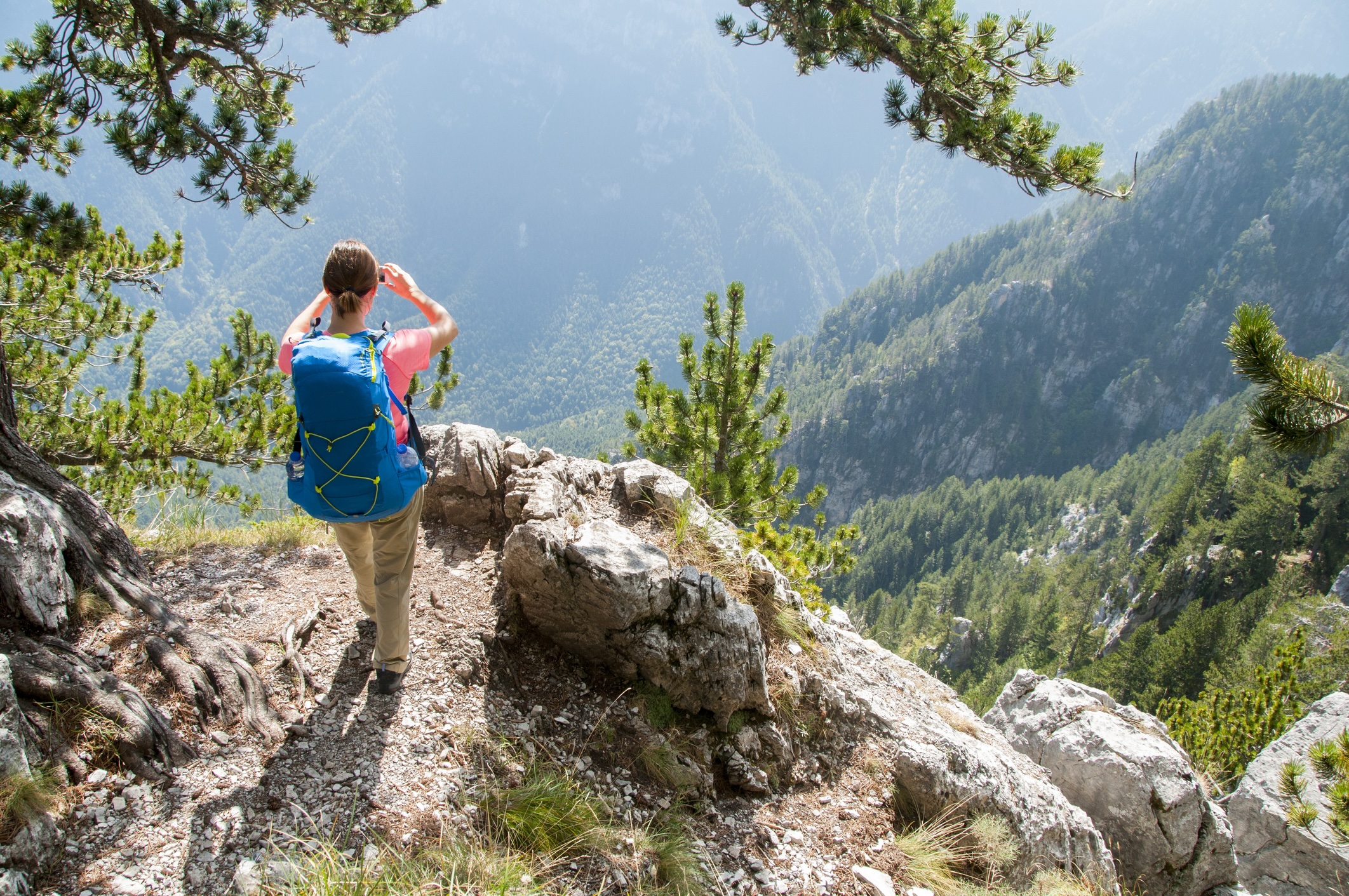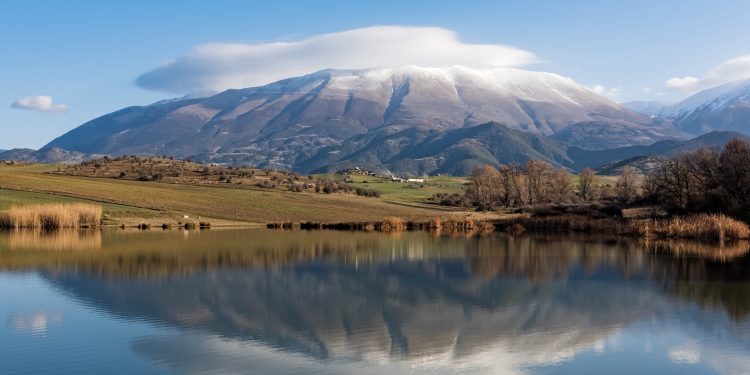Few outdoor adventures in Greece rival the excitement and mystique of hiking Mount Olympus, the legendary home of the ancient Greek gods. Standing at 2,917 meters (9,570 feet), Olympus is the highest mountain in Greece and offers a challenging yet rewarding trek for adventurers seeking both breathtaking views and a deep connection to Greek mythology. From its lush forested trails to its rocky, cloud-kissed peaks, hiking Mount Olympus is an unforgettable journey that blends nature, history, and spirituality.
1. The Mythical Significance of Mount Olympus
In Greek mythology, Mount Olympus was the home of the twelve Olympian gods, including Zeus, Hera, Athena, and Apollo. Known as the “Throne of Zeus,” it was believed to be an inaccessible, mystical place where the gods ruled over humanity. Today, while the gods may not inhabit its peaks, Mount Olympus retains its mythical allure, drawing hikers and history enthusiasts from all over the world.
The journey to Olympus is more than just a physical challenge; it’s an immersion into the heart of Greece’s ancient spiritual heritage. Many hikers feel a deep sense of awe as they ascend toward the summit, imagining the legendary battles and celebrations that took place on this sacred mountain.

2. Hiking Trails and Routes
Mount Olympus offers several hiking routes, catering to different levels of fitness and experience. The most popular starting point is Prionia, located at 1,100 meters (3,600 feet). From there, hikers can choose between multiple paths depending on how challenging they want their trek to be.
- E4 Path (Prionia to Spilios Agapitos Refuge): This is one of the most well-traveled routes and takes approximately 3-4 hours. The trail winds through dense forests of pine and beech trees before reaching the Spilios Agapitos Refuge, where hikers can rest and refuel.
- Summiting Mytikas: For more experienced hikers, the ultimate goal is reaching Mytikas, the highest peak of Olympus. The climb from Spilios Agapitos Refuge to Mytikas takes an additional 3-4 hours, with the final section requiring some scrambling and caution, as the terrain becomes steep and rocky.
- Alternative Peaks: For those looking for a less technical summit, Skolio Peak, at 2,911 meters (9,551 feet), offers stunning views and is more accessible than Mytikas, without compromising the breathtaking experience.
3. Flora, Fauna, and Natural Beauty
Mount Olympus is part of the Olympus National Park, a UNESCO Biosphere Reserve that boasts a diverse ecosystem. The mountain is home to over 1,700 species of plants, many of which are endemic to the region. As you ascend, you’ll pass through verdant forests, alpine meadows, and rugged, barren landscapes near the peaks.
Wildlife lovers may spot a variety of animals, including wild boars, deer, and even the elusive Balkan chamois, a species of wild goat. Birdwatchers can look for golden eagles and other raptors soaring above the cliffs.

4. Preparing for Your Olympus Adventure
Hiking Mount Olympus requires careful preparation, especially if you plan to reach the summit. Here are some essential tips:
- Fitness and Experience: While certain routes are accessible to moderately fit hikers, the climb to Mytikas is recommended for experienced adventurers due to its steep and rocky nature.
- Gear: Sturdy hiking boots, trekking poles, and layers of clothing are essential. Weather conditions can change rapidly, so be prepared for cooler temperatures at higher altitudes.
- Accommodation: If you plan to split the hike over two days, staying at the Spilios Agapitos Refuge is a good option. The refuge provides basic accommodation and meals, offering a cozy respite after a long day of trekking.
- Guides: For those unfamiliar with the terrain or less experienced with technical climbs, hiring a local guide is highly recommended. They’ll ensure your safety and enhance your understanding of the mountain’s history and significance.
5. What to Expect at the Summit
Reaching the summit of Mount Olympus is an awe-inspiring experience. The panoramic views stretch out to the Aegean Sea on one side and the sprawling plains of northern Greece on the other. Standing on the same ground where the ancient Greeks believed the gods dwelled is an unforgettable moment of connection to history and nature.
For many hikers, the summit offers not just physical exhilaration but also a sense of achievement and spiritual reflection. Whether you’re on Mytikas or Skolio, the journey to the top of Olympus is as rewarding as the destination itself.
Conclusion: An Adventure Fit for the Gods
Hiking Mount Olympus is more than just a physical challenge—it’s a journey into Greece’s ancient past and a way to connect with the country’s natural beauty. Whether you’re an experienced mountaineer aiming for Mytikas or a casual hiker exploring the lower trails, the mountain offers an adventure unlike any other. Combining the thrill of high-altitude hiking with the deep cultural significance of Greek mythology, Mount Olympus promises an unforgettable experience that will leave you in awe of both the land and its legends.











